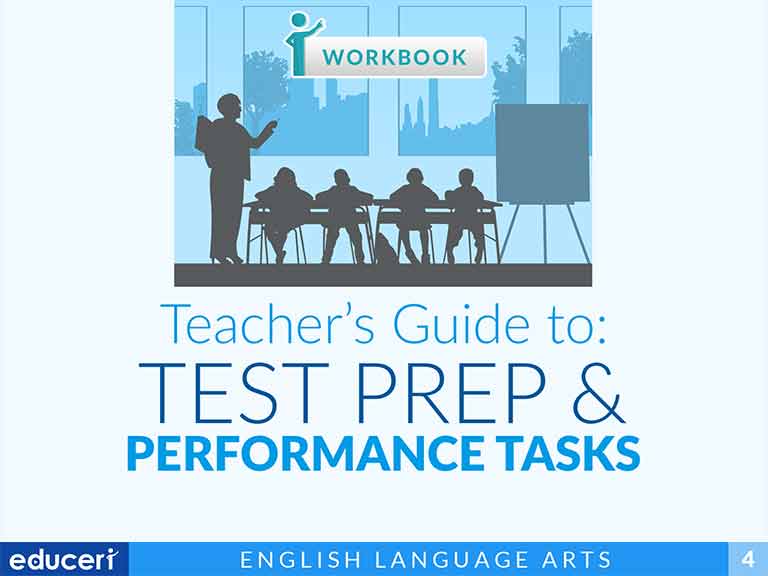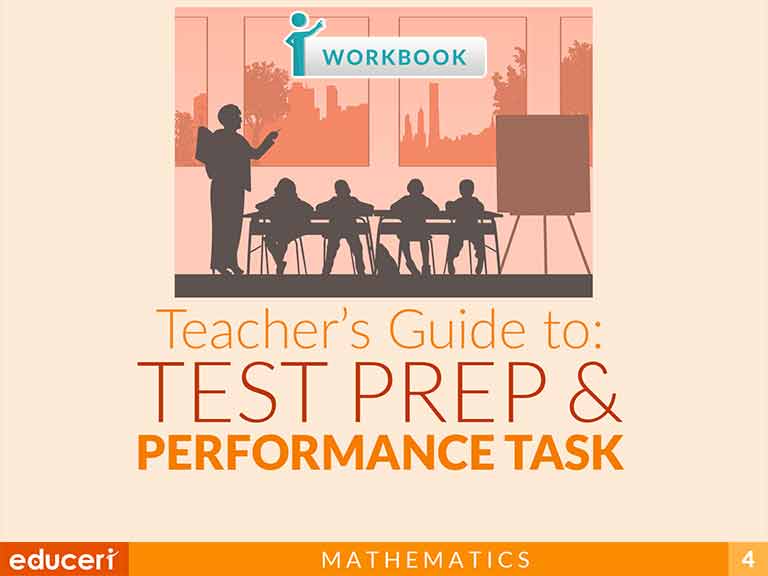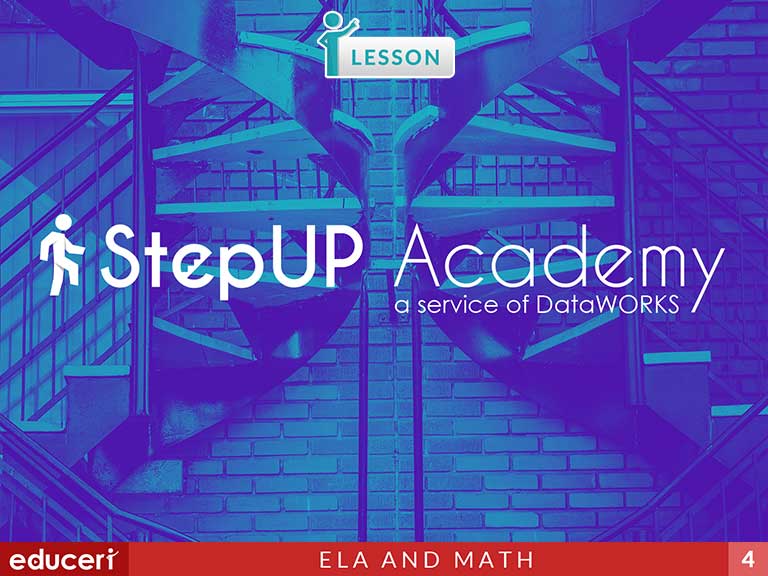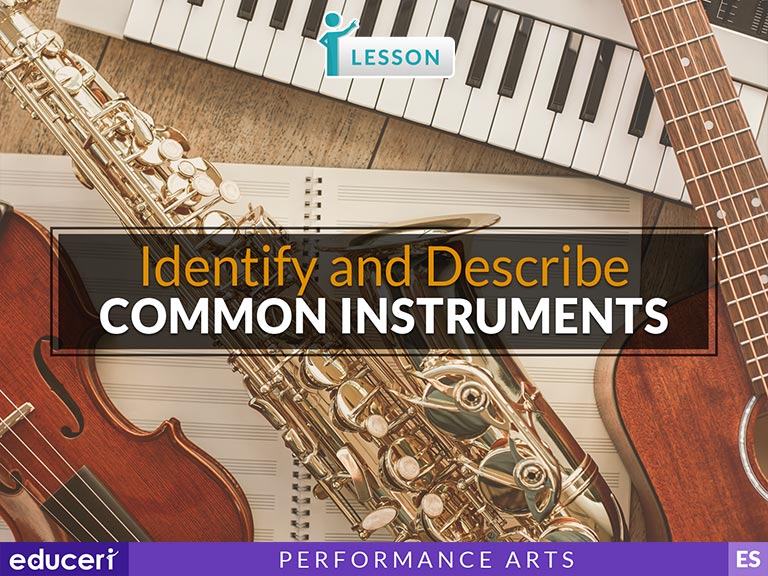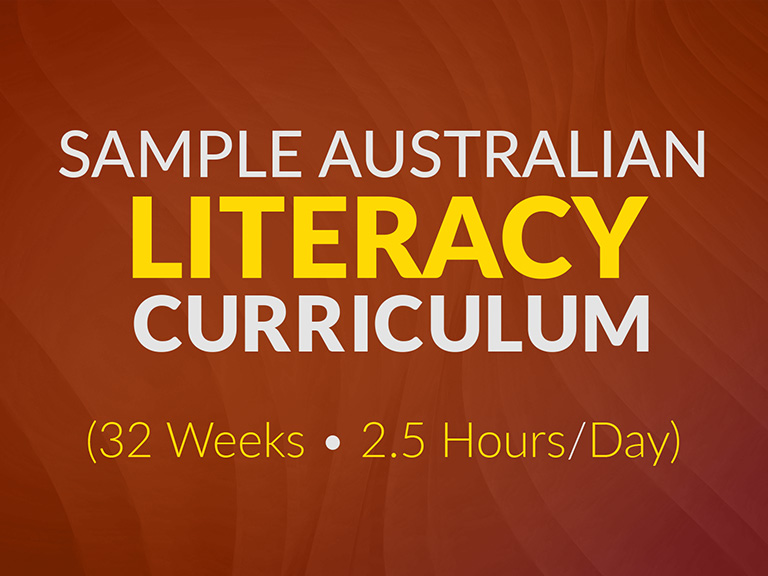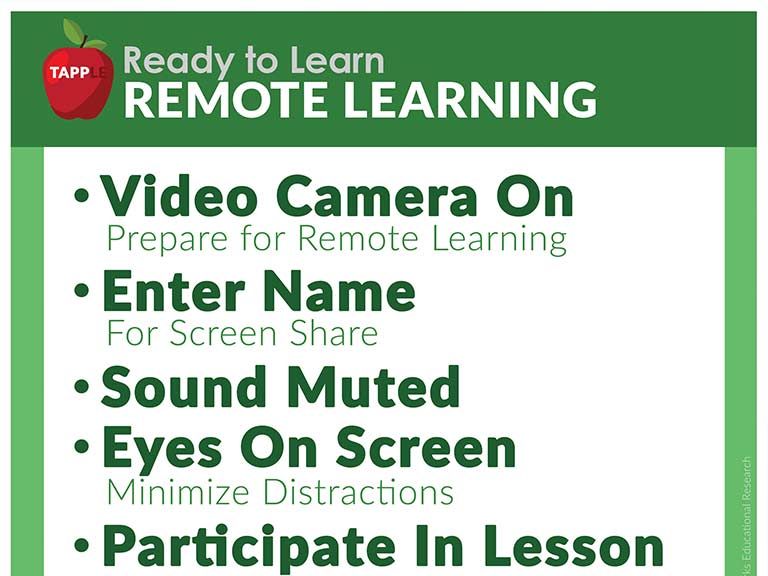Subscribe to Access More Lessons
To have access to all of our resources, create an account and receive a free 30 day trial.
Individual
I am a teacher or individual opening a personal account.
Enterprise
I am a school or district representative opening an account for my school or district.
